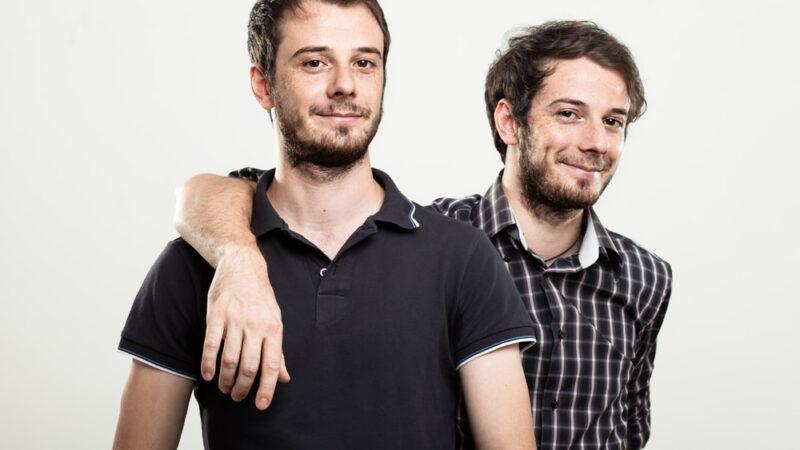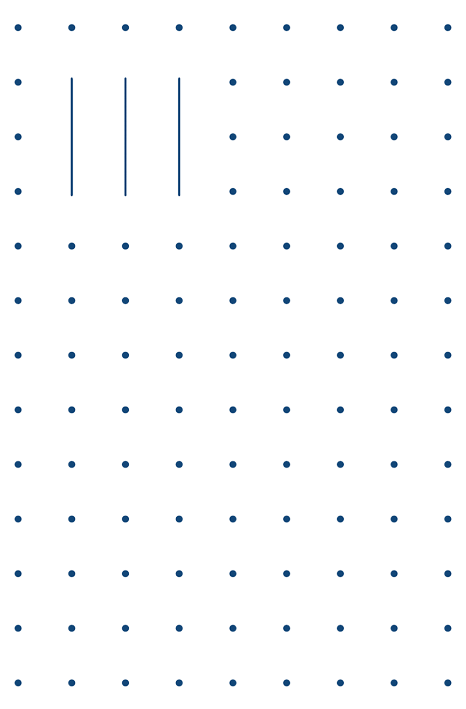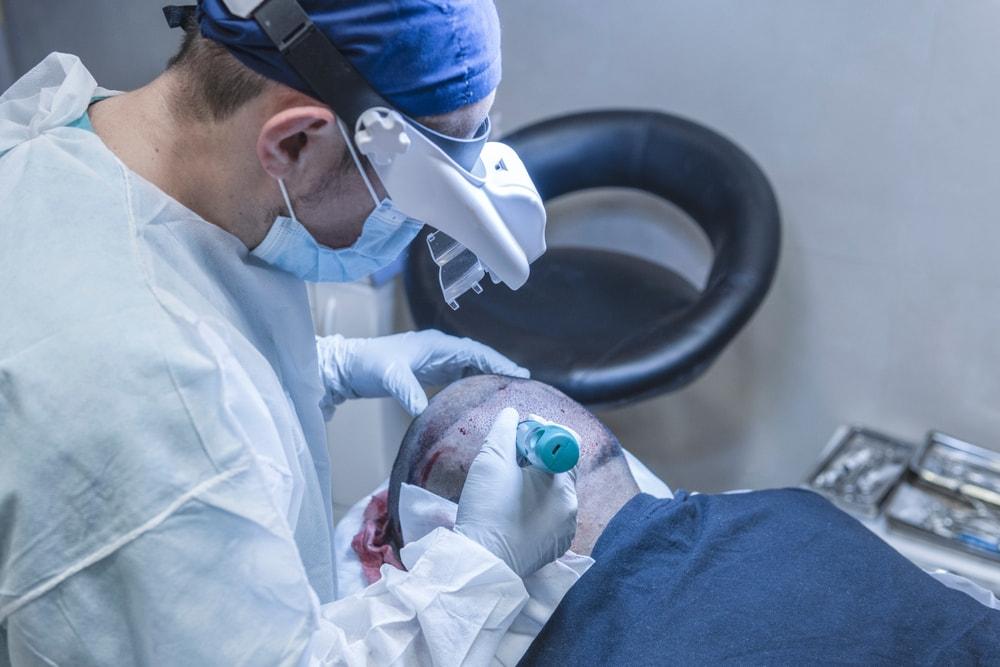
Hair Transplants Between Twins


In organ and tissue transplantations, doctors always look first at the patient’s immediate family, as the family members may prove to be the most suitable donors. However, there are varying levels of suitability, and recipients of donated organs or tissues often must take anti-rejection medication for the rest of their lives, even if the donor is an identical twin.
Hair transplants between identical twins present a unique and interesting scenario. Identical twins share the same genetic makeup, and as a result, they generally have similar hair characteristics, including hair texture, color, and growth pattern. While it may seem plausible that hair transplants between identical twins could be successful, there are several factors to consider.
Hair transplantation between twins involves taking hair follicles from one area of the body, known as the donor site, and transplanting them to the other twin in an area where hair loss or balding has occurred, known as the recipient site. Since twins have the same genetic information, the risk of rejection is minimal because the immune system is less likely to recognize the transplanted hair follicles as foreign.
However, success is not guaranteed, even with the genetic similarity between identical twins. Several factors come into play:
A person can reject tissue from another person for many unknown reasons, even if that person is a genetic match. While identical twins share the same genes, they can still have differences in their environments, lifestyles, and health conditions. These factors can influence the success of a hair transplant.
The twin donating hair must have an ample amount of healthy hair in the donor area. Identical twins often share the same health concerns, and this can include the likelihood of developing pattern baldness due to androgenic alopecia. If the twin providing the hair has experienced significant hair loss or has limited donor hair, hair transplantation may not be a viable option.
It’s essential for both twins to have realistic expectations about the outcome of the procedure. Hair transplant results can vary, and it’s necessary to understand that the transplanted hair may not precisely match the original hair in terms of texture or color.
Hair transplant surgeries between twins require careful planning and execution. The surgeon must consider factors such as the risk of the implantation wounds causing infection, as any infection might trigger rejection of the implants.
Three types of modern hair transplant techniques offer the best chances of success in the hypothetical situation of hair transplantation between two identical twins.

Our doctors use one of three techniques for hair transplantations: Shaven FUE, Non-shaven FUE, or DHI. An FUE-shaven hair transplant is the most common procedure, with the FUE non-shaven technique gaining popularity as it doesn’t require the entire head to be shaved.
These FUE techniques use microblades to implant the hair follicles in the implant area. The microblades are .06 mm to .08 mm wide and offer a quick recovery from the procedure. The difference between the FUE and DHI techniques is that the DHI technique doesn’t require use of these microblades.
Direct Hair Implantation (DHI) uses a special instrument to implant individual hair follicles directly into the recipient area. When considering DHI vs FUE results, they’re likely to offer the same levels of success and safety in the hypothetical case of a hair transplant from twin to twin.
While hair transplants between identical twins theoretically have a higher chance of success due to genetic similarity, the decision to undergo such a procedure should be carefully considered. Consulting a qualified hair transplant medical specialist and discussing individual circumstances, expectations, and potential risks is crucial before making any decisions.
Bangkok Hair Clinic offers Shaven and Non-shaven FUE and DHI hair transplants. We also offer hair treatment services, including Low-Level Laser Therapy (LLLT), and Cell Plus Therapy, an innovative cell injection therapy. Both of these therapies treat hair loss effectively and dramatically slow hair fall in patients.
The first step to dealing with your hair loss problem is a consultation with our doctors at Bangkok Hair Clinic. Why not schedule your appointment today?